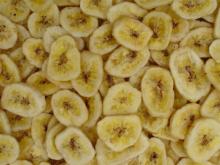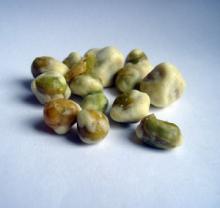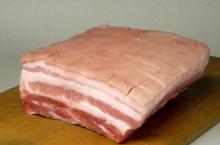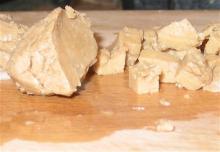Are "Crunchy" Cereals Really All that Healthy?
Over the years, I’ve learned a more than a few things about cereal. While I’m not necessarily a foodie-cereal-consumer (I’ll leave that role for the Seattle granolas in town), I’m definitely what I would like to term a “cereal-appreciator.” Today, I came to the conclusion that I am positive many others have reached before me: Be wary of any cereal with the word “crunch” in the title.
Cap’n Crunch is not only the most notorious pirate on the high seas, his cereal ranks amongst the most sticky-sweet cereal around town. I don’t think that I’m going out on too far of a limb to say that Cap’n Crunch cereal is primarily a combination of sugar and air. Mmmmmm, good? Sure, if you’re nine years old and are addicted to sugar, then Cap’n Crunch is absolutely the best thing around. It’s like crack for kids, but in the form of cereal. The best part is that it’s considered healthy because usually it’s consumed with milk.
The fact that Cap’n Crunch’s website even has anything listed at all on the site about health and nutrition is about as funny as the FDA’s food pyramid; both are jokes to anyone who cares about what kind of food they or their kids eat.
OK, onto the next cereal offender with Crunch in its name. Kashi GoLean Crunch! sounds like a healthy alternative to many of the cereals you find in the aisle. After, it has the word “lean” in its name, right?
Have you ever had the pleasure of eating Kashi GoLean Crunch? I tried it for the first time this week, and absolutely love it, but I have to admit it doesn’t really seem very healthy. It’s pretty much Cracker Jax in cereal form, but marketed as healthy. All of which translates into an extremely unhealthy brand of cereal that is more than slightly addictive and tasty. I am absolutely positive that there are hundreds of people in the mid-west of the United States who actually believe the marketing about GoLean Crunch’s healthiness. The only thing even remotely healthy about GoLean Crunch! is that it doesn’t contain any corn fructose syrup. Instead of the dreaded GoLean Crunch!, the cereal-maker uses Cane Juice Crystals to sweeten the cereal.
Cane juice crystals might be a little healthier than corn fructose syrup, but are they really going to make you any leaner? Are they actually a diet food? I don’t think so.








